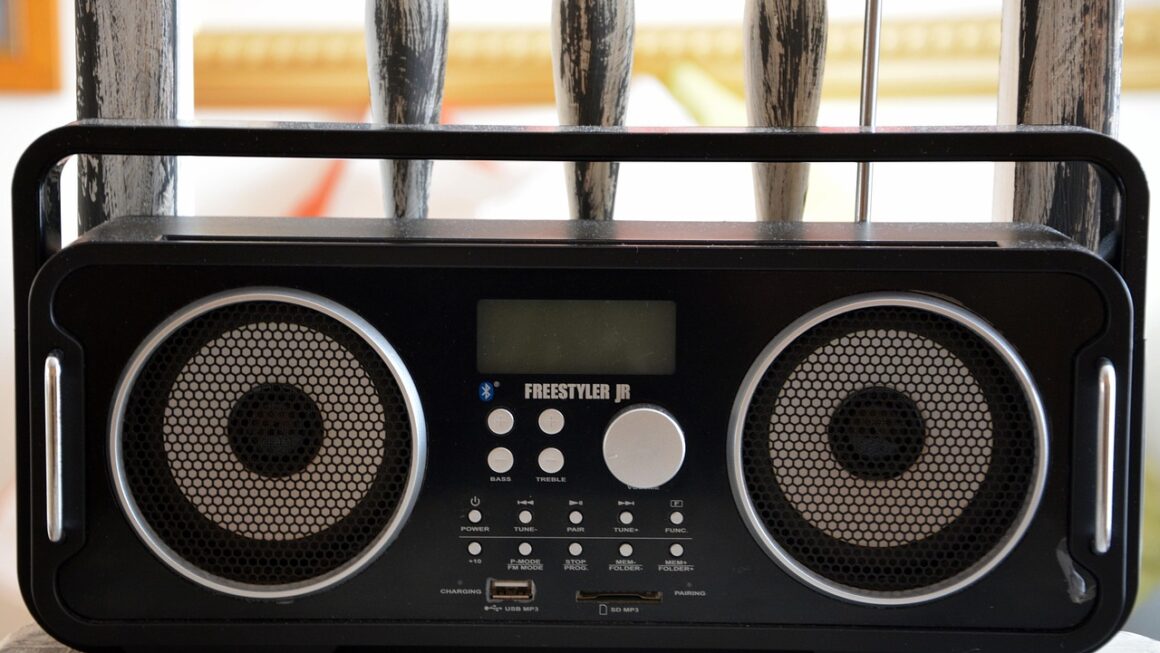From the thrill of a new song hitting number one to the debates about chart methodologies, music charts are an integral part of the music industry landscape. They act as a barometer of popular taste, a driving force for artists, and a crucial tool for industry professionals. But what exactly do music charts measure, how are they compiled, and why are they so important? Let’s dive into the fascinating world of music charts.
The Purpose and Power of Music Charts
What are Music Charts?
Music charts are rankings of the most popular songs or albums within a specific territory and time period. They’re more than just popularity contests; they offer a snapshot of what music is resonating with listeners, driving sales, and influencing cultural trends.
- They serve as a reliable indicator of commercial success.
- Charts help artists gain recognition and build a wider audience.
- Record labels use charts to assess the performance of their releases and guide marketing strategies.
- Radio stations utilize chart data to inform their playlists and cater to listener preferences.
- They provide historical data on musical trends and preferences.
Charting Influence: Beyond Sales
While sales figures are a major component, modern music charts incorporate a variety of data sources, reflecting the evolving ways people consume music. Streaming, radio airplay, and digital downloads all contribute to a song’s or album’s ranking. This holistic approach provides a more comprehensive view of popularity than simple sales figures alone.
- Increased visibility: A high chart position can significantly boost an artist’s visibility, leading to more opportunities.
- Higher royalties: Chart success often translates into increased royalties for artists and songwriters.
- Enhanced credibility: Chart-topping hits enhance an artist’s reputation and credibility within the industry.
- Marketing leverage: Chart positions are a valuable tool for marketing campaigns, attracting media attention and driving further sales and streams.
Decoding Chart Methodologies
The Building Blocks: Data Sources
Understanding where the data comes from is crucial to interpreting chart results. Different charts employ different methodologies, pulling data from various sources. The Billboard Hot 100, for instance, is a highly influential chart. It blends:
- Sales data (digital downloads, physical sales).
- Streaming data (audio and video streams from services like Spotify, Apple Music, and YouTube).
- Radio airplay (monitored by companies like Luminate).
The UK Official Charts, another major global chart, uses a similar combination of physical sales, digital downloads, and streaming data. The specific weight given to each data source varies, and these weightings are often adjusted to reflect changing consumption patterns.
Chart Compilation: The Process
The raw data collected from these sources is then processed using a proprietary algorithm. This algorithm assigns points to each song or album based on its performance in each category. For example, a stream might be worth a fraction of a sale, reflecting the relative revenue generated. These points are then totaled to generate the final chart ranking. Factors like anti-gaming measures are also implemented to prevent manipulation of the charts through artificial streams or purchases.
Regional Variations and Specialized Charts
It’s important to remember that music charts are often region-specific. The Billboard charts primarily reflect music consumption in the United States, while the UK Official Charts represent the United Kingdom. Many countries have their own national charts, reflecting the unique musical tastes of their populations. Furthermore, specialized charts exist for different genres (e.g., country, R&B, electronic), formats (e.g., vinyl), and audience segments (e.g., Christian, Latin).
The Impact of Streaming on Music Charts
A Paradigm Shift
The rise of music streaming has fundamentally altered the music industry, and its impact on music charts has been profound. Previously, sales were the primary driver of chart positions. Now, streaming plays a dominant role, often accounting for the majority of a song’s chart points.
- Increased accessibility: Streaming has made music more accessible to a wider audience, leading to higher overall consumption.
- Shift in power: Independent artists and labels have gained more opportunities to reach audiences through streaming, potentially bypassing traditional gatekeepers.
- Emphasis on immediate gratification: Streaming allows listeners to instantly access new music, leading to faster chart turnover and shorter lifespans for many songs.
- Gaming the system: The reliance on streaming has also led to concerns about “gaming” the system, with artists or labels potentially manipulating streams to artificially inflate chart positions. Chart providers have implemented measures to detect and penalize such practices.
The Streaming Equation: Different Platforms, Different Weights
Different streaming platforms have different royalty rates, and this translates into variations in how streams are weighted for chart purposes. A stream on a paid subscription service like Spotify Premium or Apple Music, for example, typically carries more weight than a stream on a free, ad-supported service like YouTube. This weighting reflects the higher revenue generated by paid subscriptions.
The Future of Charting: Adapting to Evolving Consumption
As technology continues to evolve, music charts must adapt to reflect changing consumption patterns. This includes exploring new data sources, refining algorithms, and addressing concerns about manipulation. The future of charting may also involve incorporating social media engagement, listener sentiment, and other non-traditional metrics.
Tips for Artists: Leveraging Music Charts
Understanding the Game
For artists, understanding how music charts work is crucial for maximizing their impact. Familiarize yourself with the methodologies of the charts you want to target, and tailor your strategy accordingly.
- Focus on building a strong streaming presence: Optimize your music for streaming platforms, create engaging playlists, and actively promote your music on streaming services.
- Encourage fan engagement: Encourage your fans to stream your music, share it on social media, and create user-generated content.
- Target radio airplay: Work with radio promoters to get your music played on relevant radio stations.
- Consider physical sales: While streaming is dominant, physical sales can still contribute to your chart position, especially for niche genres or dedicated fan bases.
- Track your progress: Monitor your chart performance regularly and adjust your strategy as needed.
Working with Professionals
Working with experienced professionals can significantly increase your chances of chart success.
- Publicists: A good publicist can help you generate media coverage and build awareness of your music.
- Radio promoters: Radio promoters can help you get your music played on radio stations.
- Digital marketers: Digital marketers can help you optimize your online presence and drive traffic to your music on streaming platforms.
- Distributors: A reliable distributor ensures your music is available on all major streaming platforms and digital stores.
Conclusion
Music charts are a dynamic and evolving reflection of the music industry, reflecting consumer tastes and driving trends. While they may have evolved significantly with the advent of streaming, they remain a crucial tool for artists, labels, and fans alike. Understanding how charts are compiled, what data they measure, and how to leverage them effectively is essential for navigating the complex world of music. By adapting to the changing landscape and focusing on genuine engagement, artists can harness the power of music charts to reach wider audiences and achieve their musical goals.




